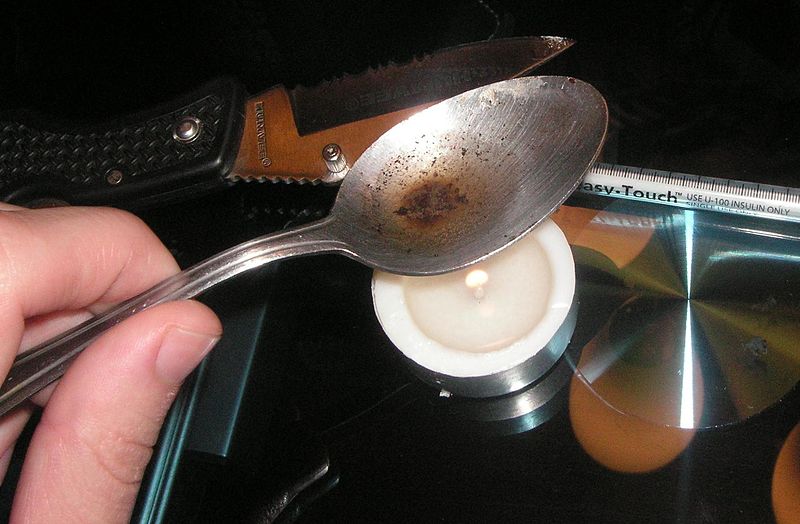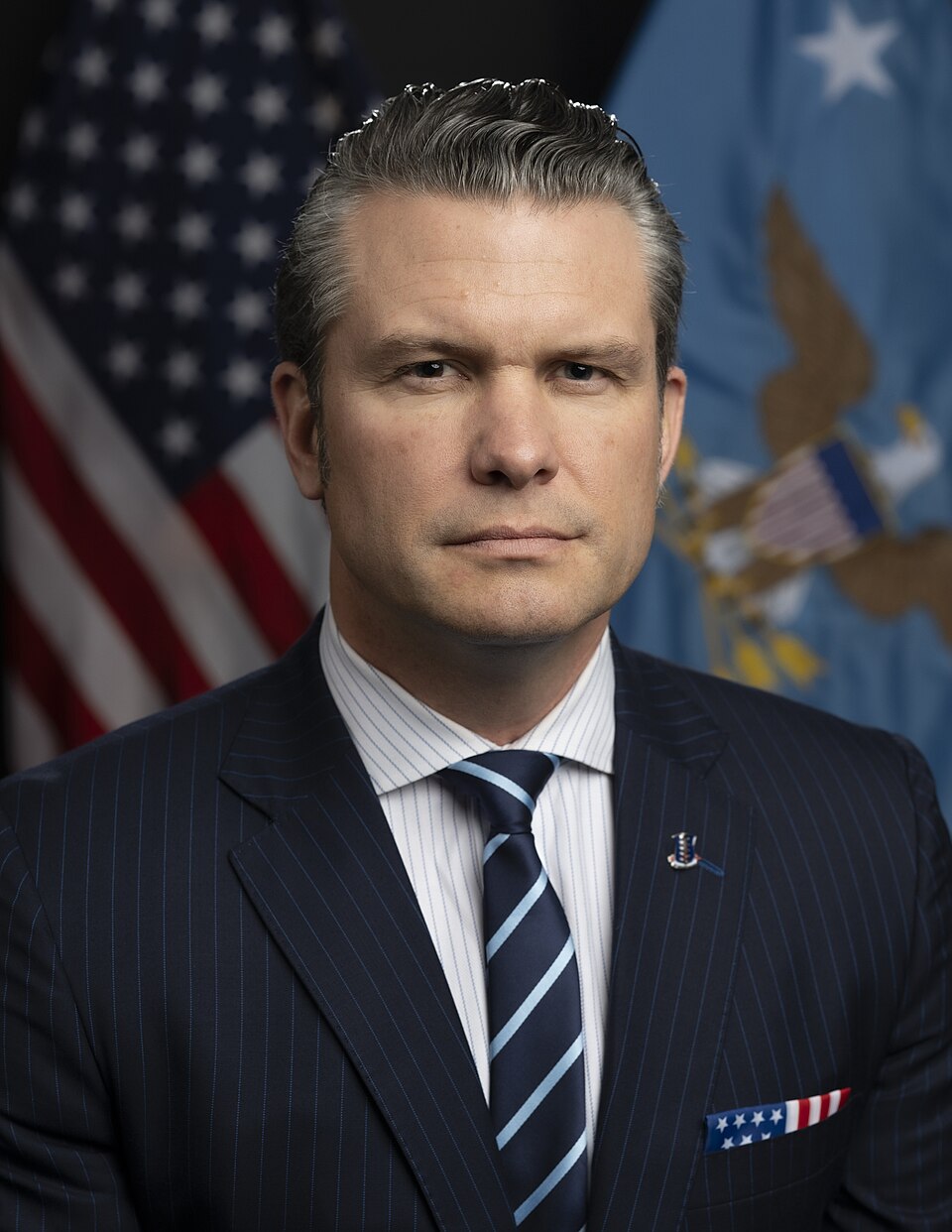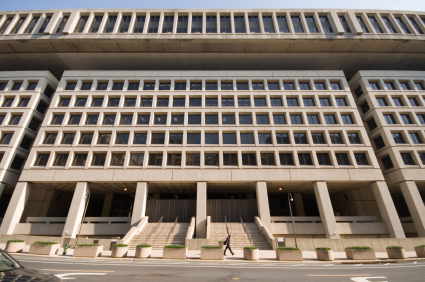Ross Parker was chief of the criminal division in the U.S. Attorney’s Office in Detroit for 8 years and worked as an AUSA for 28 in that office.
By Ross Parker
With the recent volume of media on the issue of the heroin epidemic, its overdoses and deaths, has come an effort to provide an easy explanation for the cause of and solution to this multifaceted problem. Much of the blame has been directed at doctors, who are charged with being either intentionally or negligently pill-happy with painkiller prescriptions. Their failures, it is charged, have made medical patients into addicts and, when the scrips became unavailable or too expensive, the patients were forced to turn to heroin and other opiates on the streets.
The tragic death of actor Phillip Seymour Hoffman who went from painkiller to heroin addiction and then to an overdose death is presented as a prime example for this explanation for the increase.
But the reasons for the current heroin upsurge are far more complex than the responsibility of a single group. Factors such as a failure of individual responsibility, insufficient education for kids, inadequate drug treatment resources, the emergence of Mexico as the dangerous big dog in shipping heroin up north, inadequate regulation and, yes, law enforcement, as well as a dozen other reasons contribute to the pandemic.
But doctors and their regulators do play an important role in this analysis and any feasible solution. It is not merely a coincidence that the country is in the midst of both a painkiller and a heroin overdose epidemic. The relationship between the two provide part of the cause.
The number of painkillers prescribed has quadrupled in recent years. Every day 44 people in the U.S. die from an overdose of painkillers. The number of deaths has skyrocketed from 4,000 to 16,000 annually. Experts from the health and law enforcement fields point to prescription drug abuse as a major cause of the epidemic. But they usually fail to add that 70% of these overdoses were by individuals other than the patient who obtained the prescription. Their access was from patients, many of whom legitimately needed the prescription, or from the street traffickers.
Which is not to say that medical profession doesn’t need to get its house in order. Reforms need to be made even if doctors are not the only or even the primary culprit for the contagion. It is true that a substantial percentage of physicians fail to find out about a patient’s history with controlled substances or their obtaining multiple scrips, even though this information is readily available. Plus many doctors lack the training and experience to identify opioid abusers and what alternative pain relief regimens could substitute for these drugs for patients at risk.
The February 2015 New England Journal of Medicine bemoans the absence of the use of proven medication treatment strategies both by physicians and drug treatment centers. The lack of insurance coverage, physician training, policy hindrances, and adequate resources are only part of the explanation for this failure.
Researchers of a study presented recently in the Clinical Journal of Pain found that many primary care doctors lacked an adequate knowledge base about opioid treatment and failed to appreciate the danger of diversion to non-patients. These two deficiencies often made the doctors prescribe them more often than necessary.
One part of the formula to battle this rampant epidemic is to work with doctors to strengthen the net that is supposed to limit painkillers to patients for whom there are no effective alternatives. Physicians have to receive training to be able to use an evidence-based pain management program and to be able to identify the dangers of misuse and overdoses. Checking up on drug-seeking patients should be mandatory and, if where it is not required, it should be the choice of every physician before a controlled substance is prescribed.
As was detailed in last week’s column, doctors should have the testicular tissue and foresight to make Naloxone available to family members, friends and first responders so that an addict in the throes of an overdose can get to the emergency room before his or her breathing shuts down.
[Two updates on that column: Kudos to the Macomb County Michigan Sheriffs’ Department who saved an overdosing person’s life last week because a month earlier they had the good sense to give every deputy Naloxone to use when confronted with an overdose. Second, thanks to the reader who posed the question, why isn’t Naloxone over the counter so it is readily available to first responders to provide a supply of this life-saving and harmless drug? Indeed, a good question.]
States have an important and related role in these reforms. As mentioned last week, every state should implement a mandatory Prescription Drug Monitoring Program. So far, although progress has been made in this endeavor, most states still make it voluntary by doctors and, as a result, well less than half utilize this database that tracks prescriptions and dispensing of controlled substances. In states which have recently made the program mandatory, results have been dramatic. In the last two years New York has had a 75% decline in patients seeking multiple scrips. Oregon and Tennessee have both had an immediate drop in overdoses.
There are many other fronts to this perplexing and complex battle to save lives, not the least of which is more study on why a half million people, especially young people from all socioeconomic backgrounds, are risking their lives every day for this momentary high even though they create a nightmare for their families.
One thing is clear, we need to stop stigmatizing addicts and looking for an easy fix. Only a broad based solution involving many disciplines and more resources will get the nation through this scourge.






